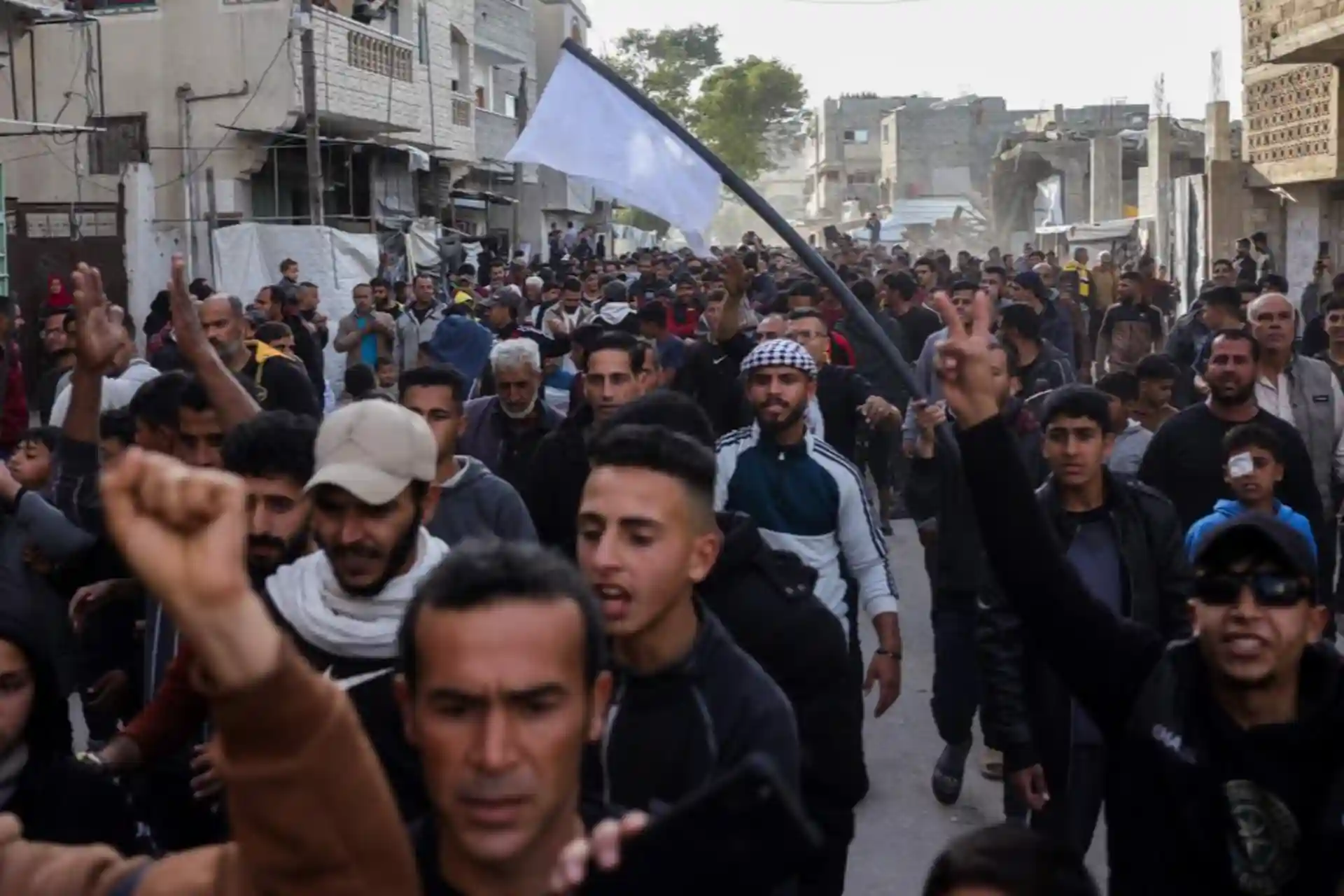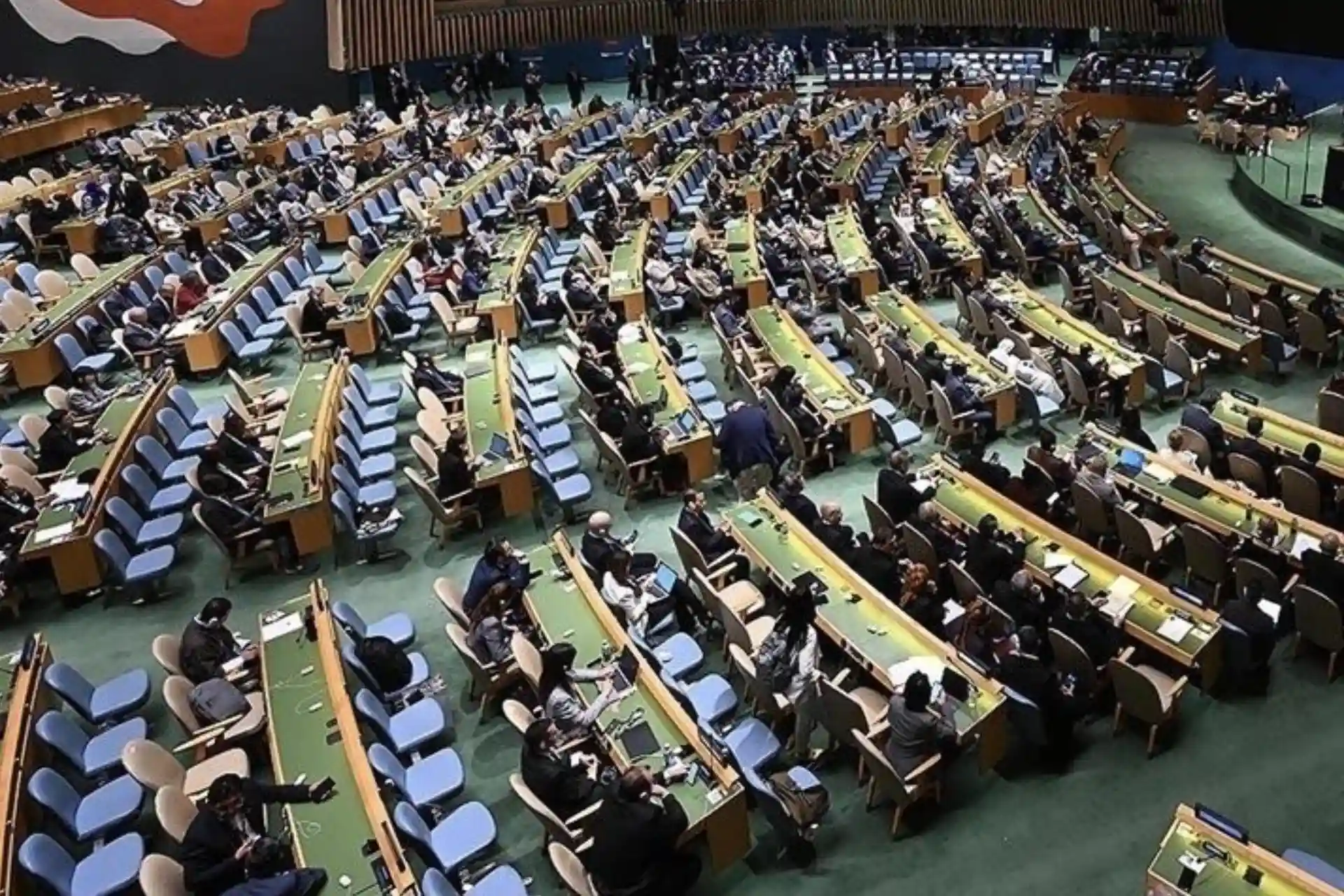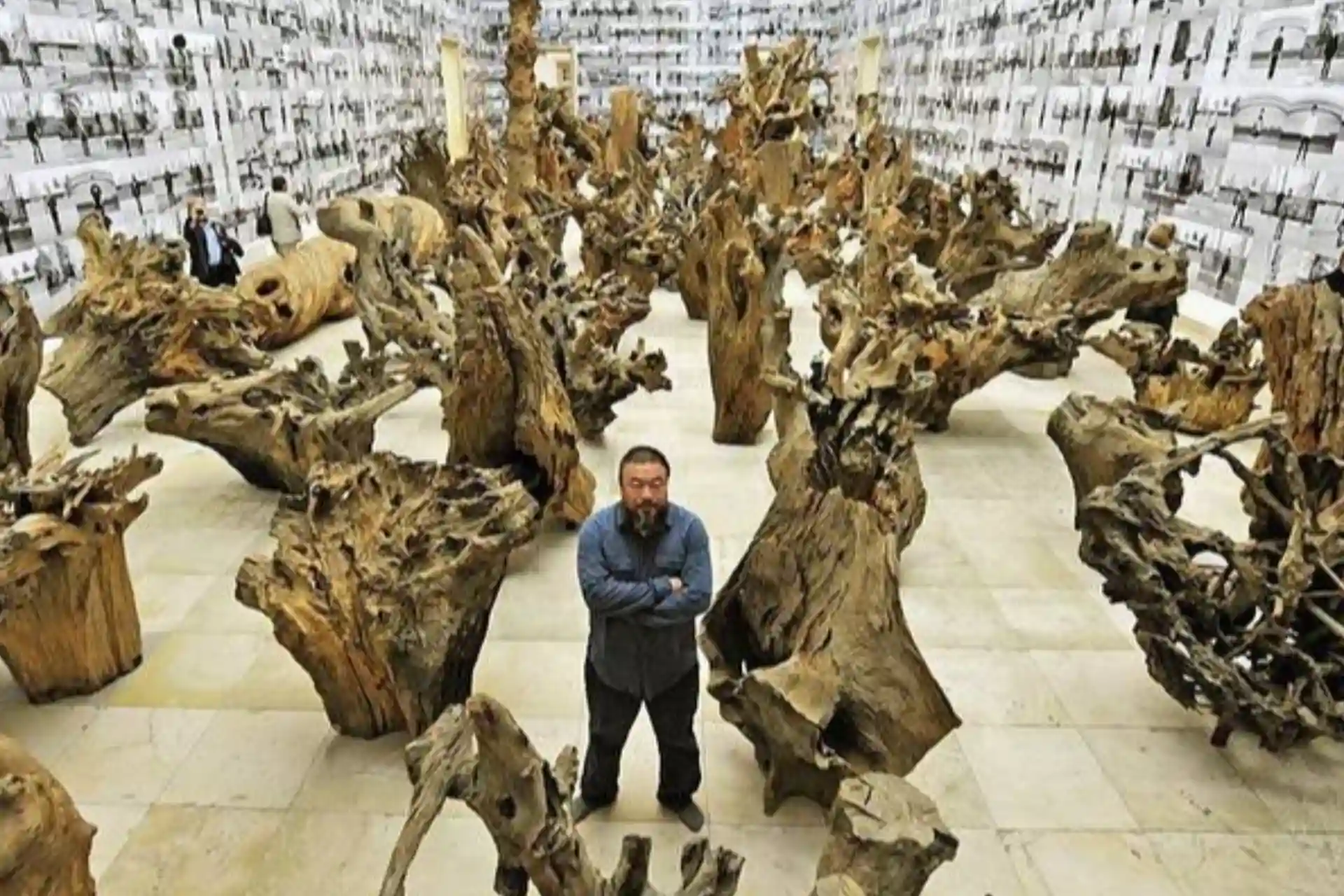Gaza protests: what is the real situation inside?
Gaza protests: what is the real situation inside?
On March 18, Israeli warplanes continued their relentless bombardment of Gaza, killing more than 800 Palestinians in a matter of days. After nine days of attacks, protesters in the city of Beit Lahiya took to the streets. Some carried signs reading "Down with Genocide," while others blamed Palestinian militant groups, particularly Hamas.
The footage was immediately seized upon and reinterpreted by the Israeli media: it was used to demonstrate that the Israeli campaign was effective, that a conflict was emerging between the population and the resistance groups. This image of Palestinian protest – supposedly a fragmented, hopeless and ambiguous position – became the basis of Israel’s war strategy. It presented two different perspectives: the necessity of a military offensive and the recognition by the Palestinians that they had created the violence. The war in Gaza was no longer just a campaign of destruction, but a psychological operation aimed at creating an image of surrender, of taking responsibility for the deaths of Palestinians.
This image also serves another purpose: it legitimizes Israel's consolidation of power domestically. Headlines in Israel now speak of a government reshaping itself through a two-pronged strategy: reorganizing the institutional structure and continuing the perpetual war.
These goals are not mutually exclusive, but rather mutually reinforcing. The genocidal campaign in Gaza is not just a military exercise – it creates the potential for ethnic cleansing, destabilizes the region, and paves the way for conflict with Iran. Domestically, the right-wing project – judicial reforms and the redrawing of civil boundaries – is based on maintaining the state of emergency.
The war, in turn, is justified by the need for national unity, the idea of unity created under siege, and the signs of Palestinian surrender only serve this overarching right-wing idea. Together, these processes form a closed loop: a self-reinforcing and interdependent chain.
The main news in Israel today: the dismissal of Shin Bet chief Ronen Bar (not yet effective), the dismissal of the state attorney general (also not yet effective), and the passage of a judicial reform bill in the Knesset that is due to enter into force. All this is happening at a time when Israel is supposedly engaged in a war of expansion into Syria and Lebanon, a decisive battle over the Palestinian issue, and a struggle to declare itself the sole hegemon in the Middle East. A coup at home, and an endless war outside.
These protests – weak and fragile as they are – cannot restore the image of innocence in the Israeli imagination. The protesters in Beit Lahia, calling for an end to the war, shouting against genocide and Hamas, are not accepted as voices outside the circle of guilt, as people seeking to live without the threat of death.
Their emergence reinforces the image of collective Palestinian guilt that Israel has carefully crafted during this war. In Israeli discourse, they are portrayed not as victims but as potential partners—Palestinians willing to admit the mistake of betraying their people, of resisting, of kneeling before the authorities.
The spectacle of surrender becomes the ultimate proof of guilt: not the guilt of having fought, but the guilt of having completely refused to submit. In this way, even protest becomes a tool. It does not stop war, but reaffirms its logic. It makes violence not only justified but necessary, it confirms that surrender is possible, that fragmentation is real, and that domination can still be improved.
Palestinian protest
In 2007, a conflict broke out between armed groups in Gaza. Since then, Palestinian society - both in Gaza and the West Bank - has been deeply divided internally, with two competing political groups offering their own positions on the colonial situation.
The first group, led by Mahmoud Abbas and the Palestinian Authority, advocates cooperation and accommodation - a strategy based on negotiations, state-building, and security cooperation.
The second group, represented by Hamas and other resistance groups, embodies opposition and defiance, seeing the dismantling of the colonial structure as a life-or-death struggle. This division is not merely institutional; it is woven into the fabric of Palestinian political life, shaping the conditions in which emotion, discourse and protest, survival and hope are negotiated.
However, this process is not just a product of internal events. It is shaped by constant information and psychological warfare, particularly by the Arab media (funded by the Gulf states) that have attempted to shift responsibility for Israel's genocidal campaign onto the resistance itself.
This division dominated Palestinian political discourse after the Al-Aqsa massacre, gradually polarizing intellectual and public discourse around three interrelated pairs: victory and defeat, responsibility and abandonment, and resistance and survival. In these interpretations, "defeat" was not simply an outcome but a permanent state—a political prospect in which Palestinians were to settle, disarmed, hopeless, and subjugated.
In this area, the voices of the organized opposition in Gaza can be divided into three main social and political categories:
The first was traditional family structures - powerful clans - who saw the war as an opportunity to establish internal control, reassert their dominance, and profit financially from the aid and reconstruction efforts that followed.
The second was the large social base of Fatah supporters, particularly those who were aligned with Mahmoud Abbas or Mohammed Dahlan. They sought to exploit the situation and spread ideas and views that blamed the resistance movement in the midst of the devastation in order to weaken Hamas. Their goal was to weaken Hamas politically and prepare themselves to take over in the post-war situation.
The third was the desperate desire shared by many ordinary Palestinians, as embodied in the actions of Hamas, for an end to the genocide, an end to the violence, and anything that would prevent Israel's brutal actions.
The desire for an immediate end to the war has become the hallmark of a largely effective psychological campaign in which Fatah-organized protesters are willingly or unwillingly cooperating with Israel's information and psychological warfare.
At the heart of these efforts is a certain self-condemnation discourse that places blame and responsibility squarely on those who directly resist. In this context, genocide becomes the result of Palestinian defiance, not the crime of the perpetrator. This understanding requires Palestinians to feel guilty not for being subjected to it, but for daring to resist it.
But such a rhetorical device is effective not only because of its structure, but also because of the gravity of the situation – the need to endure even when weapons are pointed at one. It expresses the general condition of Gaza: a land of constant struggle for survival, where the price of speaking is death, and alienation. These are formed under the shadow of a colonialism that demands siege, bombardment, and submission in order to breathe.
Furthermore, the relentless bombardment of Gaza and the complete destruction of its built environment have created a completely new reality. This new reality is twofold.
First, it involves a serious weakening of the ability of governance structures and the Palestinian Authority to provide basic services or govern society, especially in the areas of crime control and continued retaliation.
Second, it created a sense of political and administrative vacuum. This situation was further exacerbated by the deliberate assassination of government officials by Israel after it broke the peace agreement. The loss of institutional presence, both physical and symbolic, not only caused a crisis of service delivery but also a breakdown of the idea of order. This led to an environment in which alternative forms of control and informal forces emerged in the face of increasingly weak authority and the absence of state structures.
The second is the transformation of Gaza into a place where forces hostile to Hamas or the resistance movement in general can buy loyalty and political alliances. This is partly due to the destruction of people's savings, property, and livelihoods. But more importantly, Gaza is no longer the Gaza of pre-war times, as a result of demographic and territorial changes that have occurred since the violence began.
These changes in the population’s financial resources, mobility, and territorial composition mean that local politics in Gaza can no longer be viewed in the same light as before. The war has not only displaced people physically, but also disrupted the social fabric and neighborhood cohesion that once underpinned political life. Areas that were once strongly aligned with Hamas, Fatah, or other factions are now scattered, their populations scattered in different directions after repeated displacements. Families from Beit Hanun are now living in Rafah, while the Shuja’iyya are now living in schools converted into shelters in Deir al-Bala. In such circumstances, the concept of “local support” loses all meaning.
Political affiliations are weakened by the need to survive, and representation is undermined by the destruction of space itself. Local politics can now be spoken of not in terms of its past form, but in terms of communities forced to move, forced to reshape their political positions in a state of limbo – under siege, grief, and exhaustion. This is a crisis not only of governance or resistance, but also of politics itself. For example, it would be inaccurate for any analyst to say that Beit Lahiya, where small demonstrations have taken place, was once a stronghold of Fatah or Hamas.
In this context, it is worth noting that after seventeen months of war, Palestinian society continues to demonstrate a profound sense of solidarity. Despite the unimaginable scale of destruction, the fragmentation of territories, and the erosion of institutional governance, people still find ways to share, exchange, and live together in harmony with existing material goods. The idea of community has not disappeared: it is persistently maintained, even as the war increasingly pushes people to seek personal or family salvation. The continuation of community life in the face of division, plunder, and brutal violence is not simply a tradition of the past; on the contrary, it is an active form of resistance, preventing war from completely destroying the social fabric, the very essence of Islamic resistance.
Abduljawad Omar, Palestinian scholar, writer



